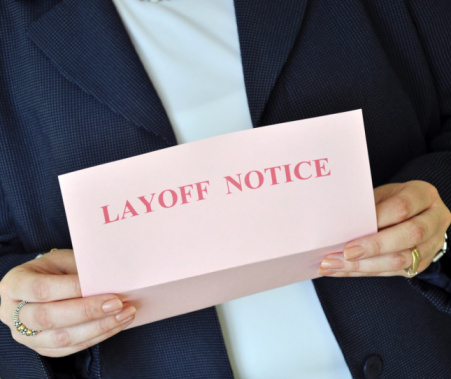One strike and you’re out. That was the decision made by Gen. James F. Amos, the Marine Corps commandant. He essentially dismissed two major generals for allowing weak security at a base in southwest Afghanistan that cost two Marines their lives. Surprisingly, there was no indication that either of the generals had made poor command decisions before, and each had spent decades in the Marines. Apparently Amos did not care about those things. There is a lesson for public companies, which is that chief executive officers and managers should be given little if any latitude for bad decisions, even though their actions clearly cannot be matched at the level of tragedy of the Afghanistan debacle.
May investors believe that CEOs should be pushed out when they have a poor year or make a bad strategic decision. The argument for job retention in these cases is that companies need stability in management. However, when stability comes with a major cost to shareholders or employees, there is no reason to believe that one mistake will not cause another. A short leash likely keeps CEOs on their toes.
Another argument in favor of CEO retention, even in the face of errors in judgment in execution or strategy, is that talented management can recover from mistakes and lead a company out of trouble and into prosperity. Yet, there are a plenty of cases of management error triggering a series of errors that eventually cause permanent damage.
A number of recent examples demonstrate where one lapse led to more, and where it would have been better to dump a CEO early on.
High up the list of such CEOs is Jamie Dimon, the long-time head of J.P. Morgan Chase & Co. (NYSE: JCP). He has been given latitude by his board, even though the bank has been hit from several sides by regulators and investors. The latest of these is due to the sales of mortgage securities that could cost the financial firm as much as $11 billion. Dimon’s success as the bank moved through the recession has been given as a reason to maintain his tenure. At this point, that is barely a strong reason at all.
Perhaps the most well-known example of a CEO who made mistakes that cost shareholders dearly is Steve Ballmer of Microsoft Corp. (NASDAQ: MSFT). His judgments about the software company’s strategies, which began more than a decade ago, did not trigger board action. The board eventually pushed him out, but only after it was clear that Microsoft had missed opportunity after opportunity to stay at the head of the software industry worldwide. Ballmer also failed to anticipate the rise in smartphones.
Rounding out a short list of CEOs of major companies who have stayed for much too long is Michael Duke of Wal-Mart Stores Inc. (NYSE: WMT). The growth of the world’s largest retailer has been lackluster since he became CEO. Worse, Walmart has been accused of making bribes in Mexico to expand its business there. Duke may have known about this, at least partially. If he did not, the huge ethical lapse came on his watch.
The Marine example is a great template for public companies. It does not take more than one management mistake to ruin a corporation’s future.
Take Charge of Your Retirement: Find the Right Financial Advisor For You in Minutes (Sponsor)
Retirement planning doesn’t have to feel overwhelming. The key is finding professional guidance—and we’ve made it easier than ever for you to connect with the right financial advisor for your unique needs.
Here’s how it works:
1️ Answer a Few Simple Questions
Tell us a bit about your goals and preferences—it only takes a few minutes!
2️ Get Your Top Advisor Matches
This tool matches you with qualified advisors who specialize in helping people like you achieve financial success.
3️ Choose Your Best Fit
Review their profiles, schedule an introductory meeting, and select the advisor who feels right for you.
Why wait? Start building the retirement you’ve always dreamed of. Click here to get started today!
Thank you for reading! Have some feedback for us?
Contact the 24/7 Wall St. editorial team.





